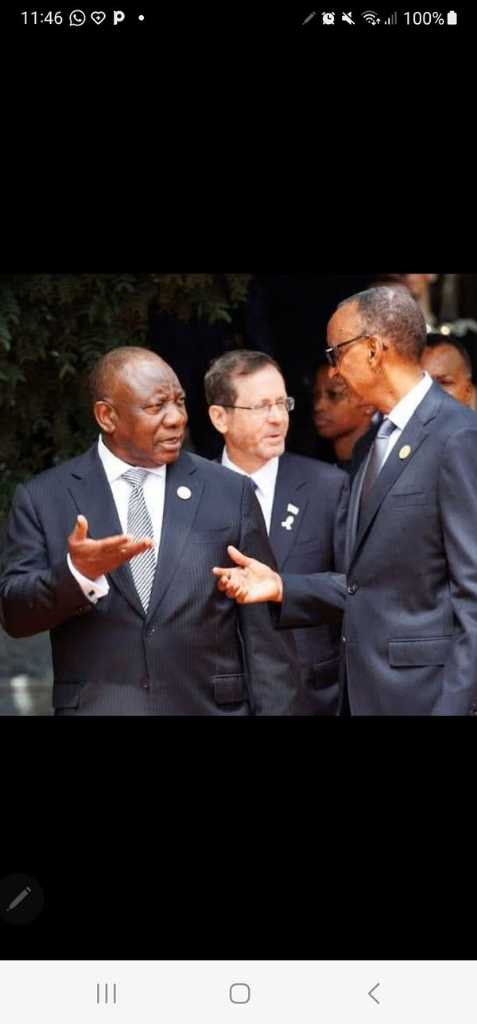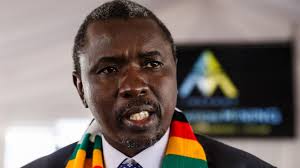Kagame tells SADC leaders where to get off

Presidents Cyril Ramaphosa and Paul Kagame in a heated exchange
FOLLOWING a recent threat of military action against South Africa, the Rwandan government has now angrily responded to the Southern African Development Community (SADC).
This comes after a meeting in Harare on January 31, 2025, where SADC, under the leadership of Zimbabwean President Emmerson Mnangagwa, demanded that the SADC Mission in the Democratic Republic of Congo (SAMIDRC) should not be involved in fighting what they say are Congolese citizens, referring to the M23 militant group.
In a statement released Sunday by their Foreign Affairs ministry, the Rwandan government said that SADC is being aggressive and is assisting the DRC government in their conflict against its own people
“SADC has deployed an offensive force, SAMIDRC, to support the war of the government of the Democratic Republic of Congo against its own people, the M23 and the members of their community, many of whom have fled as refugees to Rwanda and throughout the region.
“The government of the Democratic Republic of Congo is also intent on attacking Rwanda and its government, as has been repeatedly and publicly said by President Tshisekedi,” part of the statement reads.
“It is clear that SAMIDRC, together with its coalition partners which include the Burundian armed forces, the FDLR and European mercenaries, are at the heart of the conflict.
“They should not be there fighting the citizens of that country and effectively bringing war to Rwanda.”
However, the Rwandan government has said that they welcome the proposed joint summit between the East African Community and SADC, to try and find a lasting solution to the conflict in the DRC.
Rwanda’s statement comes after SADC held an emergency meeting in Harare last Friday. At this meeting, the region, led by Mnangagwa, accused the Rwandan defence forces of killing SADC military forces in the DRC. 13 of these soldiers, from South Africa, were part of SAMIDRC.
“The summit condemned in the strongest terms the attacks on the SAMIDRC troops by the M23 operating in the Eastern DRC, as such actions violated the ceasefire that was brokered through the Luanda Process on the thirtieth of July two thousand and twenty-four and undermine peace and security of the Democratic Republic of Congo and the SADC region,” part of SADC’s communique reads.
SADC also said: “The summit received the latest reports on the unfolding security situation in the Eastern part of the Democratic Republic of Congo and noted with concern the recent attacks by the M23 armed group and Rwanda Defence Forces on the Government Forces of the Democratic Republic of Congo, the SADC Mission in the Democratic Republic of Congo (SAMIDRC), and the civilian population in various areas of North Kivu.”
This statement did not sit well with the Rwanda President Paul Kagame and his government.
SADC has also condemned the M23, which the United Nations has long said is funded by the Rwandan government.
The M23, or March 23rd Movement, emerged as a rebel group in the DRC in 2012. Its roots can be traced back to a previous rebellion, the National Congress for the Defence of the People (CNDP), which was integrated into the Congolese army in 2009 as part of a peace agreement.
However, many CNDP fighters felt that the agreement was not being upheld, particularly regarding issues of integration and their safety.
These grievances led to the mutiny on March 23, 2012, forming what became known as the M23. The group mainly consists of Tutsi Congolese and has been accused of committing human rights abuses. NewZW






